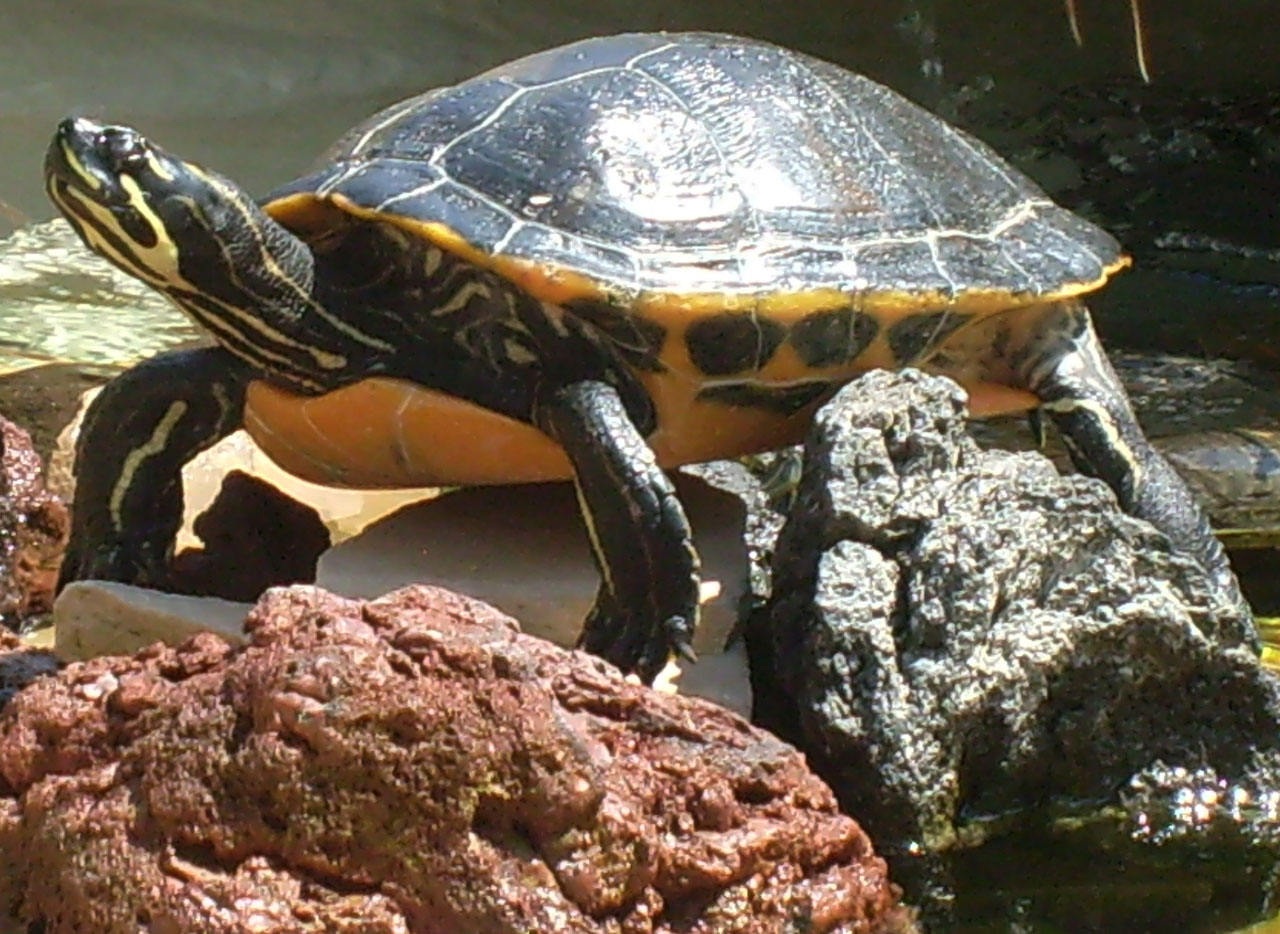Can You Have A Sea Turtle As A Pet?
Sea turtles are fascinating creatures that captivate the imagination of many animal lovers. With their graceful movements and unique appearance, it’s no wonder that some people may be tempted to keep them as pets. However, owning a sea turtle comes with a set of challenges and responsibilities that must be carefully considered. In this article, we will explore the question of whether you can have a sea turtle as a pet, taking into account their natural habitat, legal restrictions, and the ethical implications of keeping them in captivity.
The Natural Habitat of Sea Turtles
Sea turtles are marine reptiles that inhabit oceans around the world. They have evolved to live in the open ocean, migrating long distances and relying on specific environmental conditions for survival. Sea turtles require large bodies of water to swim freely, access to a variety of food sources, and specific nesting sites for reproduction.
Keeping a sea turtle in captivity means depriving them of their natural habitat and the ability to engage in their instinctual behaviors. The confinement of a tank or enclosure can lead to stress, physical health issues, and behavioral problems for these animals.
Legal Restrictions on Owning Sea Turtles
Many countries have strict regulations regarding the ownership of sea turtles. These regulations are in place to protect these endangered species and prevent their exploitation. In the United States, for example, it is illegal to own a sea turtle without a special permit. The Marine Turtle Protection Act prohibits the capture, possession, or harassment of sea turtles and their eggs.
Similar laws exist in other countries, with penalties ranging from fines to imprisonment for those who violate them. These legal restrictions are in place to ensure the conservation and preservation of sea turtles in their natural habitats.
The Ethical Implications of Keeping Sea Turtles in Captivity
Aside from legal restrictions, there are ethical considerations when it comes to keeping sea turtles as pets. Sea turtles are wild animals that have evolved to live in the ocean, and their needs cannot be adequately met in a domestic setting.
Sea turtles require a specific diet, access to large bodies of water, and ample space to swim and exercise. Meeting these requirements in a home environment is extremely challenging and often impossible. Keeping a sea turtle in captivity can lead to malnutrition, stunted growth, and a decreased lifespan.
Furthermore, sea turtles are social animals that thrive in the company of their own kind. Isolating them from their natural social structures can cause stress and loneliness. It is essential to consider the well-being and quality of life of these animals before considering them as pets.
Alternatives to Owning a Sea Turtle
If you are passionate about sea turtles and want to contribute to their conservation, there are alternative ways to get involved without keeping them as pets:
- Support sea turtle conservation organizations: Many organizations work tirelessly to protect sea turtles and their habitats. By donating or volunteering, you can make a significant impact on their conservation efforts.
- Participate in beach clean-ups: Sea turtles are affected by pollution, particularly plastic waste in the ocean. By participating in beach clean-ups, you can help reduce the threats they face in their natural environment.
- Spread awareness: Educate others about the importance of sea turtle conservation. By raising awareness, you can inspire others to take action and protect these magnificent creatures.
Frequently Asked Questions
1. Can sea turtles survive in captivity?
While it is possible to keep sea turtles in captivity under specific conditions, it is challenging to provide them with an environment that meets their complex needs. Most sea turtles do not thrive in captivity and may suffer from various health issues.
2. Are there any legal ways to own a sea turtle?
In some cases, individuals or organizations may obtain permits to keep sea turtles for educational or research purposes. However, these permits are highly regulated and require extensive knowledge and resources to meet the turtles’ needs adequately.
3. How long do sea turtles live in captivity?
Sea turtles have the potential to live for several decades in the wild. However, their lifespan is significantly reduced in captivity due to the challenges of meeting their dietary and environmental requirements. It is not uncommon for captive sea turtles to have a significantly shorter lifespan.
4. Can sea turtles be domesticated?
No, sea turtles cannot be domesticated. They are wild animals that have evolved to live in the ocean and cannot adapt to a domestic lifestyle. Attempting to domesticate a sea turtle would be detrimental to their health and well-being.
5. Are there any risks associated with owning a sea turtle?
Yes, owning a sea turtle can pose risks to both the owner and the turtle. Sea turtles can carry diseases that can be transmitted to humans, and their bites can cause injuries. Additionally, the legal consequences of owning a sea turtle without the proper permits can be severe.
6. Can I release a pet sea turtle back into the wild?
Releasing a pet sea turtle back into the wild is not as simple as it may seem. Sea turtles require specific conditions and behaviors to survive in the wild, and captive turtles may not possess these skills. It is best to contact a local sea turtle rehabilitation center or conservation organization for guidance on proper release procedures.
Summary
While sea turtles are captivating creatures, it is not advisable to keep them as pets. Their natural habitat, legal restrictions, and ethical implications make it challenging to provide them with a suitable environment in captivity. Instead, individuals can contribute to sea turtle conservation efforts by supporting organizations, participating in beach clean-ups, and spreading awareness about the importance of protecting these magnificent creatures.



